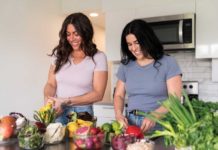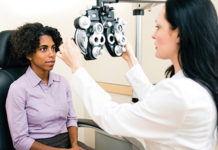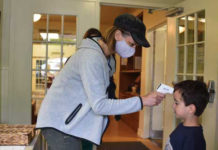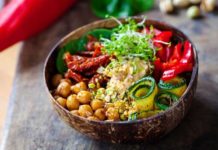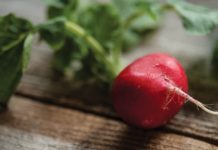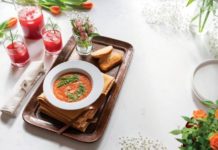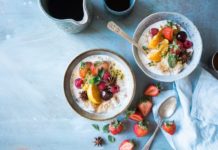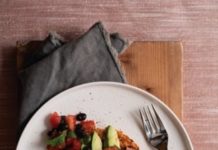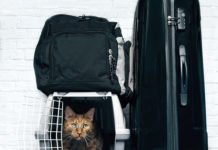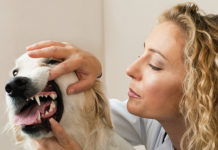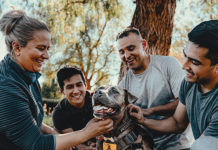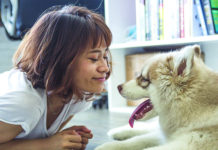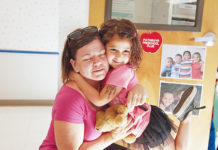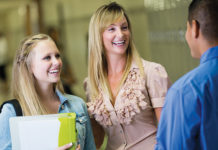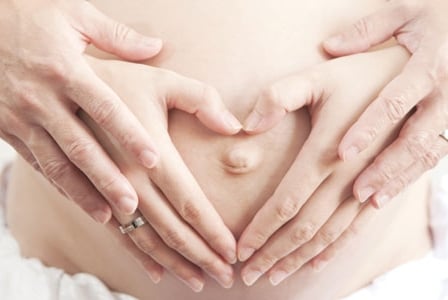
Natural childbirth advocates believe that with support, preparation and techniques at their disposal, women have the ability to access their own pain relievers.
When it comes to childbirth there are those who believe access to pain medications, elective cesarean sections, and epidurals means women no longer need to experience the pain of childbirth.
Natural childbirth advocates believe that with labour support, effective preparation, and tools at their disposal, women have the ability to access their own pain relievers, known as endorphins.
Both groups have the same intent: to help women cope with their labour. Of course, modern technology is absolutely necessary to a successful conclusion in the advent of a complicated childbirth.
But consider labour as analogous to climbing a mountain and enjoying the view at the peak; it is not the same as taking a helicopter to see the view. Birthing without experiencing labour can have the same effect. Let’s look at some of the powerful tools we can use to help climb the mountain.
Visualization
I ask my clients to visualize several images they can access during labour:
- Imagine a place of beauty and tranquility that is safe and peaceful.
- Think of a time when you have succeeded at something very difficult, and remember the tools you used to achieve that goal.
- Consider the waves of contractions as positive work that your body is doing; see yourself riding the waves rather than swimming upstream.
Relaxation and breathing
The uterus is the strongest muscle in the body, and as long as we do not resist its power, pain decreases. The ability to relax with contractions increases the release of endorphins—hormones that reduce pain and improve mood.
When endorphins kick in, I often see women with whom I am working enter a deeply relaxed state. Many call this state “labourland.” Deep breathing, yoga, progressive relaxation, and hypnobirthing (the use of hypnosis during natural childbirth) are ways to access this state.
Labour support
For generations, women have gathered other women around them when giving birth. With spouses now routinely involved, this provides an even richer environment. During a recent birth where my client’s family, including her spouse and a doula were in attendance, she looked around and said, “Surrounded by so much love, how can I not be capable of birthing my baby?”
Research backs up the claim that support makes a huge difference. In a recent study conducted in Cleveland, the continuous presence of a doula along with family support during labour significantly decreased the likelihood of cesarean delivery and reduced the need for epidural analgesia.
Touch
Because touch receptors go to the brain faster than pain receptors, massage—anywhere on the body—can block the pain message to the brain. In addition, light touch has been found to release endorphins and induce a relaxed state.
Heat and ice
Heat is an incredible pain reliever. Showers, immersion in water, and hot packs to the lower back work well. In addition, ice to the acupressure energy meridian point has been shown to reduce pain in early labour.
Optimal fetal positioning
A sedentary lifestyle can jeopardize the baby’s position in the pelvis, which can cause a slower onset of labour, slow and more painful descent of the head, and higher rates of medical interventions.
To achieve the ideal anterior position, during the last month of pregnancy I tell clients to keep their pelvis as open as possible: avoid sitting with legs above their hips as happens when crossing the legs. Other ideas that help rotate the baby to the front include sitting on a large exercise ball instead of a chair or doing exercises while on hands and knees. Staying upright and mobile while in labour facilitates the baby coming down the birth canal.
Natural treatments for labour
For thousands of years and in every culture women have used herbs to prepare their body for labour. Red raspberry leaf tones the muscle layer of the uterus which helps increase effective, regular contractions. It also reduces postpartum bleeding and after-pains and increases milk flow.
Studies show red raspberry leaf has reduced the occurrence of pre-term labour, overdue delivery, pushing time, and forceps delivery.
I recommend mothers drink 2 cups (500 mL) per day (1 oz /28 g of dried leaves to 2 cups/500 mL of boiling water) from 16 weeks of pregnancy, continuing for the first few weeks postpartum.
A natural childbirth glossary
Doula: Nonmedical labour support person trained in comfort measures for labour; provides physical, emotional, and informational support.
Registered midwife: Primary health care provider in obstetrics who is an expert in normal birth and natural childbirth; provides continuous care throughout the childbearing year, including labour and delivery at home or a local hospital and postpartum care.
Family practice physician: Primary health care provider in obstetrics with two additional years of post-graduate training in family medicine including obstetrics; sometimes collaborates with registered midwives in group practice.
Obstetrician: Primary health care provider in obstetrics cares for high-risk pregnancies; is consulted by family physicians and registered midwives if their client has become high risk.
Postpartum depression
Ten to 15 percent of new mothers are affected by postpartum depression, making it the most common complication of childbirth. This mood disorder is more severe and lasts longer than the “baby blues” which usually last for two weeks.
You can cope with postpartum depression by:
- Looking after your needs—ask family and friends to help with household chores while you take time for mild exercise and catch up on much needed rest
- Getting support—join support groups in your community or online sources
- Seeing your healthcare professional—speak with your doctor and discuss various treatments that are suitable for you



